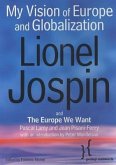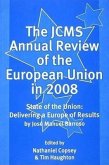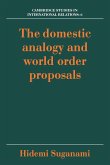This groundbreaking study maps out and analyzes the development of a global intergovernmental (IGO) institutional architecture in the post World War II era. The rich network of organizations that emerged from the Cold War is systematically compared with the growing web of organizations of the post-Cold War period and its acceleration through the remainder of the twentieth century. Combining both quantitative and qualitative methodologies, the authors examine the range of reasons why states join intergovernmental organizations and the patterns of participation within these organizations, as well as the consequences of the new architecture for issues as diverse as conflict amelioration, human rights, and cooperation on natural resources. Ranging over the multifunctional web of global, inter-regional, regional, and sub-regional organizations, this book provides a major contribution to the study of international organization and IGO development.
'In Mapping the New World Order, Thomas J. Volgyand his colleagues answer one of the central questions ofcontemporary politics: Has the constellation of intergovernmentalorganizations (IGOs) changed since the end of the Cold War -and if so, how? To answer this question, the authors draw upon newdata and new methods to map the births, deaths, regionalconcentrations, memberships and effects of formal IGOs from theCold War to the 2000s, revealing subtle changes but also remarkablecontinuity in the basic institutional architecture of the post-ColdWar world. Essential reading for any student of globalgovernance.'
-Mark A. Pollack, Temple University
-Mark A. Pollack, Temple University








